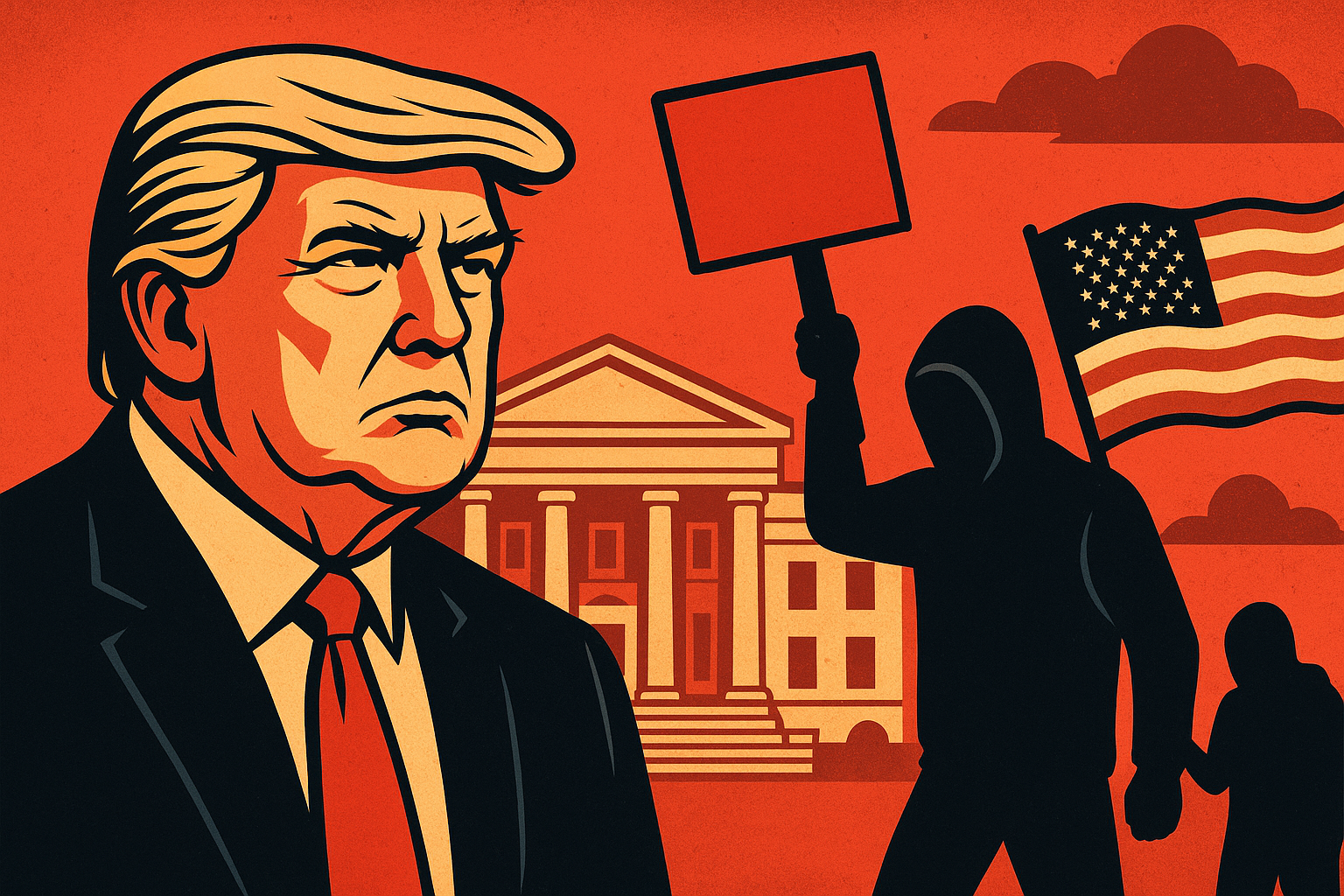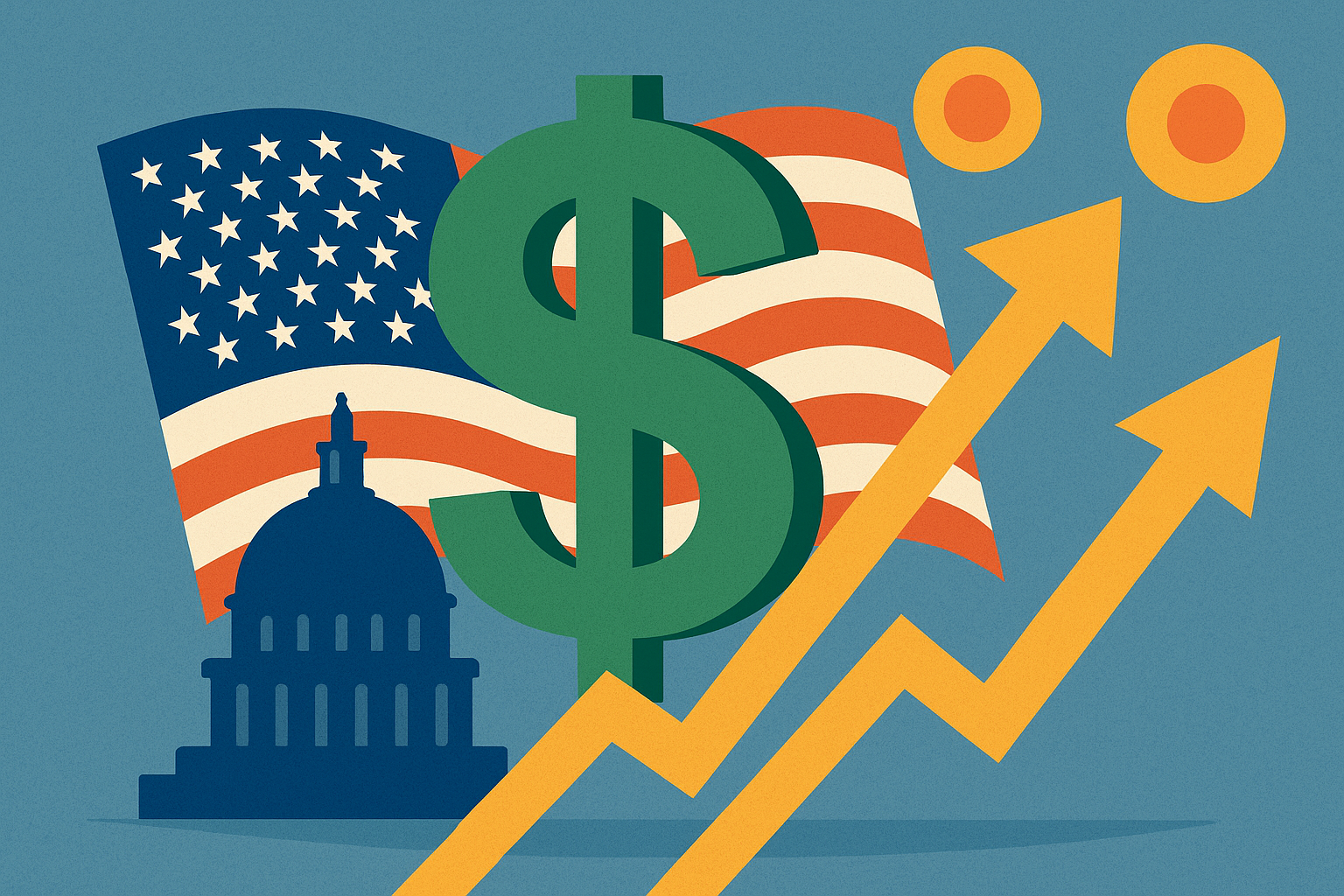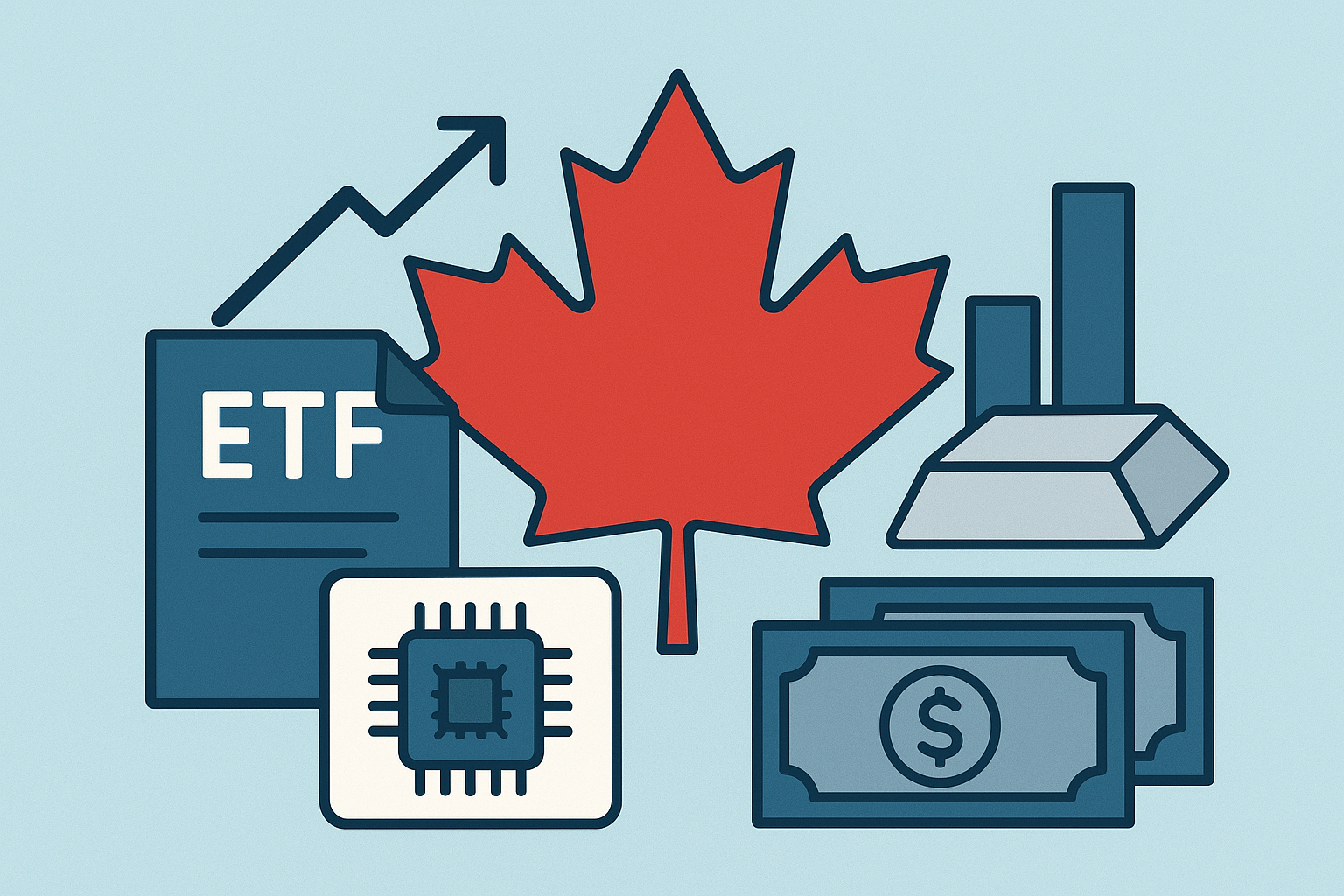Political risk in the U.S. is once again moving to the forefront of market conversations. On Thursday, President Donald Trump signed a memorandum broadening the administration’s campaign against what he termed “organized political violence.” The directive orders federal agencies to identify and disrupt funding to philanthropic or activist organizations linked to civil unrest or protests.
The move comes alongside an intensified effort to pressure the Federal Reserve, expand tariffs, and exert greater executive influence over domestic institutions. The cumulative effect raises questions about the balance of power in Washington and the potential implications for markets already wrestling with high interest rates and geopolitical uncertainty.
Why This Matters for Investors
The immediate concern for investors is policy unpredictability. Trump’s actions are being interpreted by some analysts as a push toward tighter executive control of financial and political levers of power. This has three primary market implications:
- Regulation-sensitive sectors under scrutiny: Technology companies, particularly those with platforms for organizing protests or disseminating political content, could face heightened regulatory or reputational risks. Energy and defense contractors may benefit in the short term as the administration prioritizes domestic security and trade leverage.
- Market volatility: Political interventions have historically fueled volatility. For example, during Trump’s first term, tariff announcements triggered swings in equities, commodities, and currencies. If Treasury independence becomes a political flashpoint, bond markets could be at risk of pricing in higher institutional instability premiums.
- Investor confidence: The perception of weakening institutional checks and balances could deter some foreign investors, particularly sovereign wealth funds and pension managers, from expanding U.S. exposure. According to Bloomberg Intelligence, overseas inflows into U.S. assets have already slowed in recent quarters amid trade policy uncertainty.
Future Trends to Watch
1. Federal Reserve Independence
Markets are closely watching Trump’s escalating pressure on the Federal Reserve. Analysts at Goldman Sachs note that direct attempts to sway monetary policy could undermine credibility and spark volatility in Treasury yields. Any signal of political interference in rate-setting would likely trigger risk-off moves across equities.
2. Civil Liberties vs. Market Stability
Civil unrest tied to policy crackdowns could weigh on consumer sentiment and disrupt local economies. McKinsey research has shown that sustained unrest can shave between 0.3–0.5 percentage points off quarterly GDP in affected regions. That said, defense and security firms often see countercyclical demand in such environments.
3. Global Perception of U.S. Stability
In a world of heightened geopolitical competition, international investors closely monitor political risk. Canada, the EU, and Asian markets are already exploring hedges against U.S. volatility. If the U.S. is perceived as politically unstable, the dollar’s role as the global safe haven could face incremental pressure.
Key Investment Insight
For investors, the takeaway is clear: political risk has become a front-and-center market variable. Defensive positioning—through utilities, consumer staples, and U.S. defense contractors—may provide a buffer. At the same time, global diversification across stable jurisdictions (e.g., Canada, EU) could mitigate downside risks from U.S. policy shocks.
Investors should also pay attention to bond market movements. If Treasury independence is perceived to be compromised, yields could rise, impacting not only fixed income portfolios but also equity valuations that rely on discount rates.
Stay Ahead
Trump’s expanded crackdown on “organized political violence” and his vow to limit Treasury independence mark a new phase of political intervention that investors cannot ignore. While some sectors may benefit in the short term, the broader picture suggests increased volatility, potential foreign capital flight, and elevated policy risk premiums.
For those managing portfolios, this is a reminder that politics and markets are deeply intertwined—and in today’s environment, vigilance is key.
Stay tuned with MoneyNews.Today for daily updates that help you navigate the intersection of policy and markets with clarity and actionable insights.





